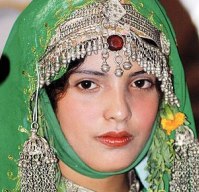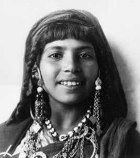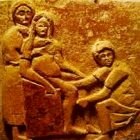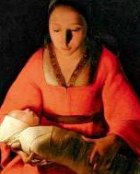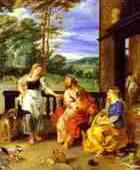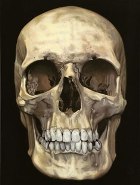Puberty and Menstruation
When a Jewish girl reached the age of puberty, she was called, in Hebrew, betulah. This word meant she was an adolescent girl who had reached puberty but not yet given birth to her first child.
It is sometimes translated as ‘virgin’, but in fact it related more to her age group than her physical state.
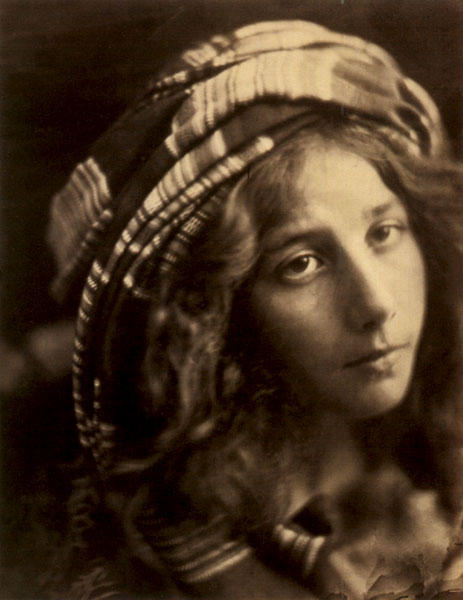
Women in the Bible: Puberty and Menstruation. Young Jewish girl of marriageable age.
She probably began to menstruate at about 10-12 years of age. The onset of menstruation was celebrated, because it showed that the girl had passed from childhood into womanhood.
Jewish customs for a menstruating woman
At puberty she was introduced to the special customs that Jewish women followed, particularly those relating to menstruation.
- During her menstrual period, a Jewish woman was relieved of many of her normal duties.
- She was not required to draw and carry water from the well.
- She did not have to serve food to members of the family.
- She did not have to go to the marketplace.
- She did not have sexual intercourse.
- The days of her menstrual period were regarded as a time out, a time for herself. On these days, relieved of a number of her duties, she had time to think and rest.
Special rules guarded her privacy and rest at this time. They were called the ‘purity laws’. These laws made it impossible for members of her family to demand that she do her normal tasks.
There were purity laws for men as well: men washed themselves and changed their clothes whenever they had a sexual emission.
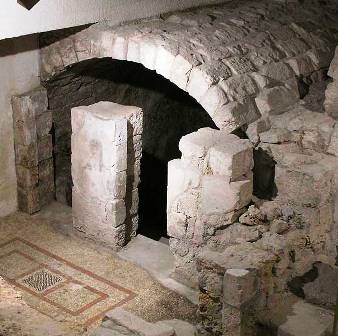
An ancient mikveh, excavated
in the Upper City of Jerusalem
Bathing in a mikveh
After her menstrual cycle, a woman was required to bathe herself from head to toe in a special pool of clean water, called a mikveh.
Each small community would have its mikveh, and towns and cities had large numbers of them, some public, some private.
The mikveh pool had to be designed and built a special way, so that it had
- enough headroom under water to allow complete immersion
- a supplementary tank for gathering clean rain water
- a small pool at the entrance for washing hair, hands and feet before entering the main pool (in 2 Samuel 11:1-5 Bathsheba is bathing herself after her monthly period when David sees her.
The purpose of the monthly bathing in the mikveh was for physical and spiritual cleanliness. The washing of the body was a tangible way for a woman to renew herself, refreshing mental, emotional and physical energies.
It was a ritual that periodically gave a woman the feeling of a fresh start.
The rules of ritual cleanliness meant that most people were obliged to wash themselves, wash their clothes, and put on clean clothes at frequent intervals.
How did the rules help people?
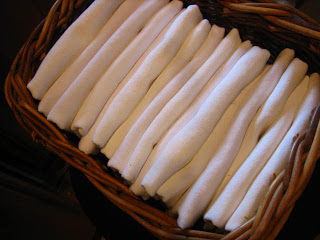
Menstruation: in ancient times, and until fairly recently, women used cotton napkins to soak up the menstrual blood
There is no doubt that the hygiene that resulted from the purity laws was beneficial to the health of the whole population. Where mothers maintain personal cleanliness, there is much less infant mortality, and so the cleanliness of Jewish women benefited the whole population.
It is difficult to say whether the laws regarding cleanliness arose from a conscious connection between cleanliness and good health, or an intuitive one.
Indeed, Jews at the time (and now) would state that the ritual purity laws were obeyed not for their logic but because they were part of being Jewish.
Choosing a husband
Who chose the husband?
The whole family joined in the selection of an appropriate husband for a girl, but her wishes were certainly taken into account (Genesis 24:5, 8).
Even the feelings of a female war captive were, to some extent, respected; she was given a month to mourn for her lost family before being forcibly married to her captor (Deuteronomy 21:10-14).
If it seems strange to us that the choice of a husband was a matter for the whole family to determine, we must remember the young woman was allying herself not only with her husband, but with his whole family too. The couple would not form a nuclear family in the modern sense, for these were virtually unknown in ancient society, but become part of a larger family.
Thus the girl’s family had to be sure that she was marrying someone whose family and way of life would be compatible with hers. She would probably be living and working with these people for the rest of her life.
What made an ideal husband?

Marriage in Bible times: Choosing the right man: the qualities of an ideal husband
The qualities that a Jewish woman looked for in a husband were:
- someone a few years older than herself, and from a similar background
- a student of the Hebrew Scriptures, for scholarship meant that a man was intelligent, prepared to work, and able to reason and think
- someone possessing enough money and goods to be able to give her status, comfort and security
- someone whose family was reputable, with no scandal or bad blood associated with his family
- someone physically attractive, because Jews believed that a happy sex life was one of the greatest gifts God gave to a married couple.
What made an ideal wife?
The qualities that a Jewish man looked for in a wife were:
- Jewish descent, because transmission of ‘Jewishness’ was through the Jewish mother
- someone from a respectable family, since family characteristics could be transmitted to succeeding generations
- the daughter of a man who was learned and had studied
- a girl about the same age as the man or younger
- someone known for her good sense, good behavior and kindliness
- if possible, someone who was physically beautiful, but an intelligent mind and a cheerful personality were in the long run even more important.
What about the dowry?
A Jewish family tried to provide each daughter with a dowry, which was property handed over by her family at the time of her marriage, and afterwards owned by the wife. It was her share of the family inheritance, enough to act as an income for her should she be abandoned or widowed.
See Money & Marriage in the Bible
Whether there was sufficient to do this for every woman, we do not know.
In neighboring Mesopotamia, the dowry could be inherited only by the woman’s sons, not by any of her husband’s family. This was a precaution against the dowry being used to enrich the husband’s family.
Much of Jewish law is based on Mesopotamian law, so Jewish families probably had a similar practice regarding dowries.
In some cases, a bride-price was expected. This was compensation paid to the bride’s family for the loss of their daughter and the services she could have provided to her family, had she remained with them.
The bride-price was paid by the groom’s family. Naturally, the amount depended on the wealth and status of the family.
‘Now that Mary’s menstrual periods had started, serious consideration had to be given to the choice of a husband. It was taken for granted she would marry. God had commanded Noah to ‘be fruitful and multiply’, and Jews were happy to comply. Any person who was past the age of twenty and still unmarried had not carried out the will of God.’ The real Mary of Nazareth
Search Box
![]()
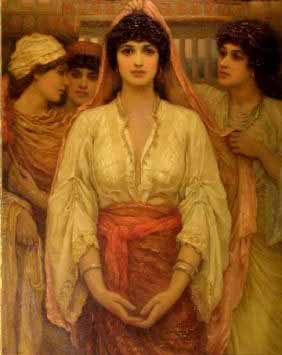
The Bride, by Frederick Goodall
Marriage
The first of God’s commands in the Bible concerns the propagation of the human species: ‘be fruitful and multiply’ (Genesis 9:7).
So Jews believed it was their duty to marry as early in life as possible.
- For a woman, marriage plans could be made at the onset of puberty.
- For a man, 18 years was the recommended age.
- Any person who had passed the age of 20 without being married was not carrying out the will of God.
A man might postpone marriage in order to study the Torah, but only in very rare instances were people permitted to remain unmarried for life.
A related webpage:
The Marriage Feast at Cana
Childbearing
Hebrew women gave birth in their own tents or houses. During labor they were surrounded by other women: a midwife, their relatives and friends, and female servants of the family.
They would certainly have seen other women give birth, so they knew what to expect and what to do.
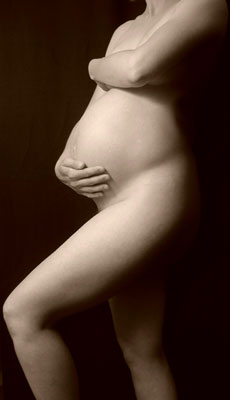
Pregnancy and childbearing in ancient times
Hebrew women gave birth in a squatting position, above a hole hollowed out of the ground. On either side of the hole were bricks or stones for the woman to stand on.
The woman was supported at her back and under her arms by other women, either midwives or family members.
As soon as the baby was born its umbilical cord was cut, then it was washed and wrapped in long bands of cloth (swaddling bands) which held the limbs of the baby firmly, though not tightly.
Why is childbirth painful?
It was obvious to the ancient Israelites that the central task of women, one that could not be taken over by anyone else, was childbirth.
It was also obvious that women suffered in the process of giving birth.
The explanation for this, according to Genesis, was that the original balance of creation had been disturbed: in an ideal world (that is, the Garden of Eden) birth would not bring suffering.
Some related websites:
A vivid description of childbirth in ancient Israel – preparing for the birth, midwives, the delivery, care of the newborn baby, and birth control: Childbirth in the Bible
Naming Ceremony of John the Baptist – Bible women: Elizabeth
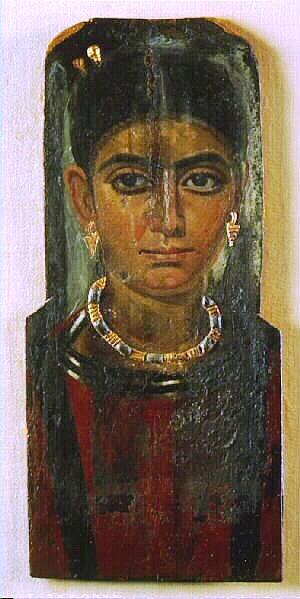
Death and burial in ancient times: a coffin prtrait from Fayum, Egypt
Death and burial
When Jewish people heard that someone they loved had died, they tore the front part of their inner clothing. The tear was several inches long, and was a symbol of grief: it was like the tearing pain they were feeling.
It was the women’s task to prepare a dead body for burial.
- The body was washed, and hair and nails were cut.
- Then it was gently wiped with a mixture of spices and wrapped in linen strips of various sizes and widths.
- While this was happening, prayers from the Scriptures were chanted.
- The body was then carried to a tomb and laid on a long shelf carved into the stone.
- It could be wrapped in a shroud, but was otherwise uncovered.
Tombs were visited and watched for three days by family members.
On the third day after death, the body was examined. This was to make sure that the person was really dead, for accidental burial of someone still living could occur.
On these occasions, the body would be treated by the women of the family with oils and perfumes. The women’s visit to the tombs of Jesus and Lazarus are connected with this ritual.
After the funeral
After visiting the tomb on the third day the body was not touched for a year, by which time it had decomposed.
The bones were then collected and stored in an ossuary, a ‘bone box’, with the large bones at the bottom and the smaller bones and skull placed on top.
- After the funeral, the family of the dead person stayed at home for seven days.
- They sat on the floor or on a low bench, barefoot.
- They did not wash themselves or their clothes, or do any work.
- They did not cook, but were given food by relatives.
- They were visited by a continual stream of friends and relatives, who sat with them and comforted them.
For a thirty-day period after the death, the family members took no part in any entertainment, but lived a quiet, reflective life.
After the death of a father or a mother, the mourning period was one year. This mourning period was an opportunity to pay respect to the two people who had given you life.
Some related websites:
The burial of Jesus
Famous paintings of the raising of Lazarus
Women in the Bible: Martha and Mary
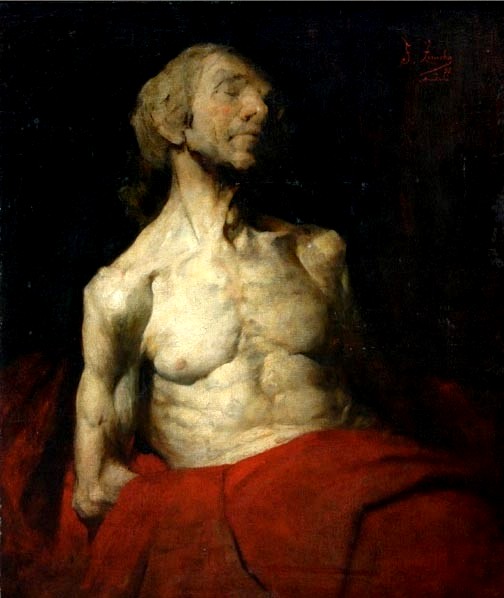
Raising of Lazarus, Franciszek Zmurko, 1877
‘ Lazarus is in the tomb, but the light shining on his body suggests that the stone blocking its entrance has been partially pulled away. He is unconscious, perhaps still dead, but he also seems to be listening. Does he hear the voice of Jesus, calling his name?’ See Bible Paintings: Martha, Mary & Lazarus
ACTIVITIES
A Letter to the Past
Choose one of the major events described in this section and compare it with your own experience of the same event. You can use something that has happened to you, or something that you have witnessed, for example, a marriage, a funeral, etc.
Imagine that you are describing the event to a women from biblical times. What sort of questions would she ask about the event?
Dozens of extra ideas at
Activities for Bible Study Groups and Schools
Search Box
![]()
Read about
the fascinating women of the Bible
Women of the Bible, Major Events: puberty and menstruation, choosing a husband, marriage, child-bearing, death
Milestones: links
Bible women: Elizabeth
Naming a baby
New website

what really happened
historical background
© Copyright 2006
Elizabeth Fletcher

